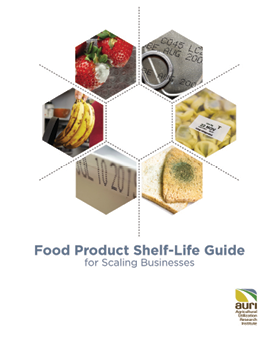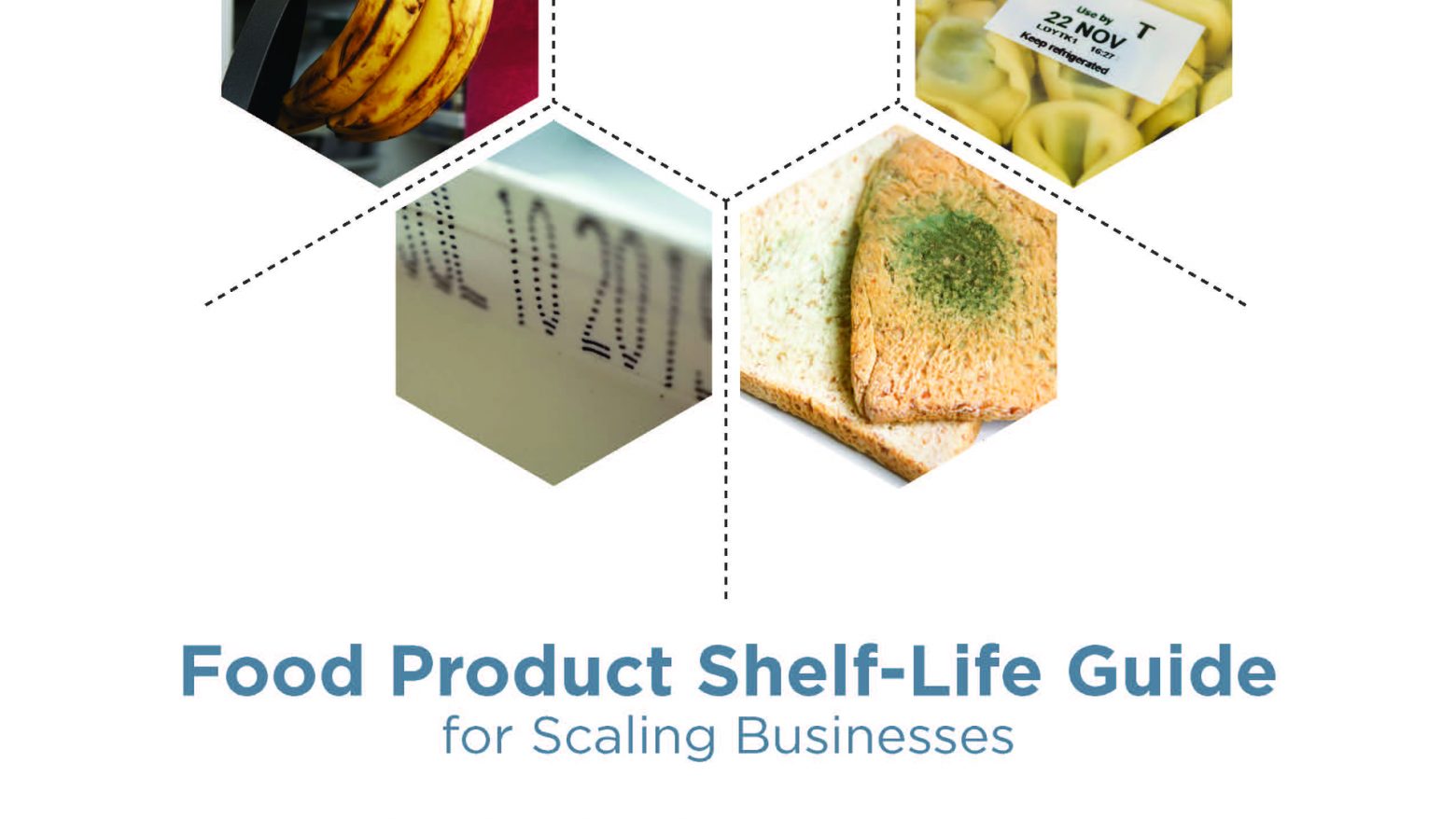 As food businesses scale from local to regional or national distribution, decisions around packaging, formulation and production are inevitable as each affects a product’s shelf life. Addressing a product’s shelf life is a common stumbling block for food businesses. The following guide helps food businesses understand the basics of product shelf life, impacting factors, an introduction to testing and business implications of shelf life decisions.
As food businesses scale from local to regional or national distribution, decisions around packaging, formulation and production are inevitable as each affects a product’s shelf life. Addressing a product’s shelf life is a common stumbling block for food businesses. The following guide helps food businesses understand the basics of product shelf life, impacting factors, an introduction to testing and business implications of shelf life decisions.
What is Shelf Life — and What is it Not?
Simply put, the definition of product shelf life is the time period during which a food manufacturer expects the product will deliver the desired experience to the consumer. This experience is not something regulated or predefined by an outside entity, rather defined by the food business. Typically, the product experience is reflected in terms of taste and texture, but may also include factors like odor, color, nutritional content or product performance.
Food businesses, as well as many consumers, often confuse shelf life as a timepoint after which a product is no longer safe to eat. With the exception of a few highly perishable products, this is not the case. Food businesses should not use the time frame indicated by a product’s shelf life as a substitute for building food safety into the production process. Rather, both the product design (ingredients or storage temperature for example) and the manufacturing process, should protect against the introduction or growth of food-borne pathogens.
